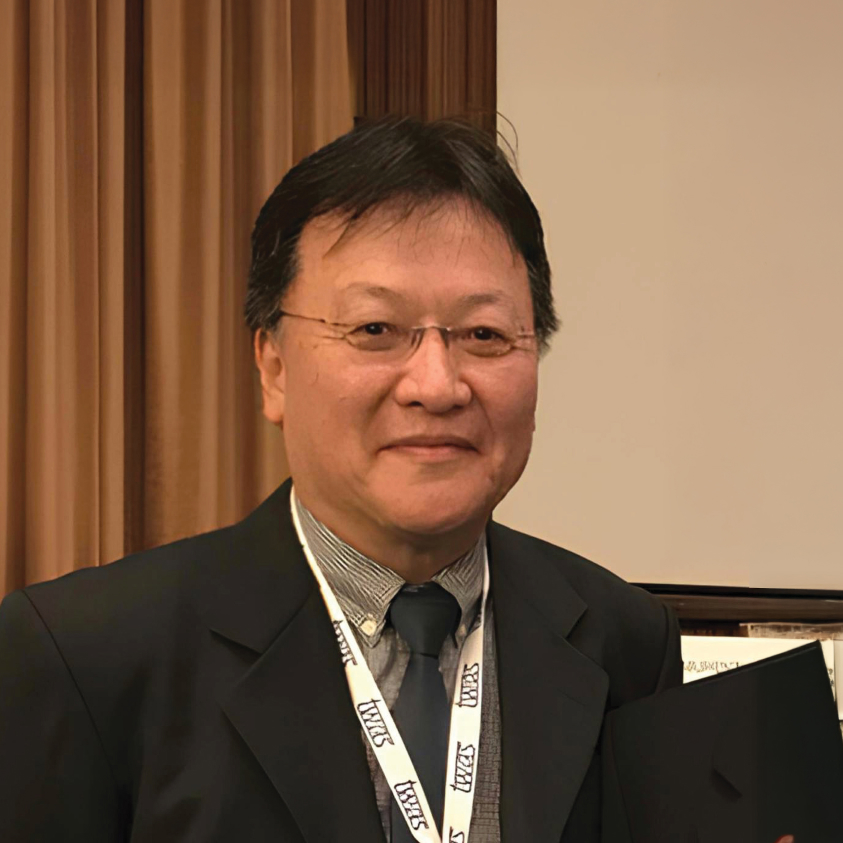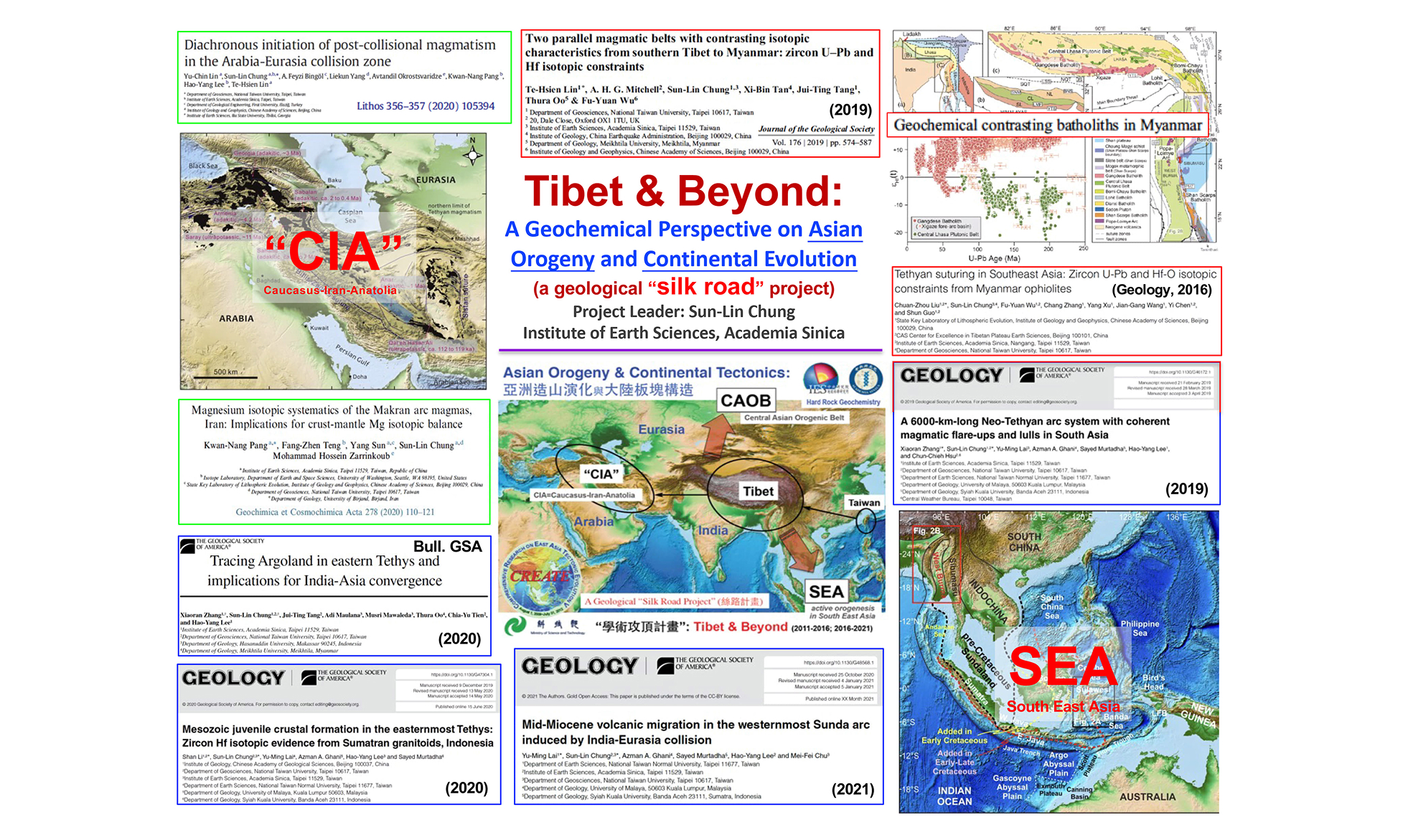鍾孫霖 Sun-Lin Chung

中央研究院地球科學研究所特聘研究員
學歷
- 國立臺灣大學地質學系博士(1991)
經歷
- 中央研究院地球科學研究所特聘研究員(2014/8~迄今)
- 國立臺灣大學地質科學系合聘講座教授(2014/8~迄今)
個人勵志銘
少說點空話,多做點實事。 –胡適
Tibet & Beyond: A Geochemical Perspective on Asian Orogeny and Continental Evolution
In the past 25+ years, I have continuously played an active role as lead PI in the CREATE (Comprehensive Research on East Asian Tectonic Evolution) joint project supported largely by National Science and Technology Council and applied geochronological, geochemical and isotopic techniques to study important petrogenetic and tectonic problems in Asia.
I had been awarded in 2014 by The (Third) World Academy of Sciences with the TWAS Prize in Earth Sciences and in 2016 by GS-EAG as Geochemistry Fellow for “significant contribution to our understanding of continental tectonics and magma generation based on studies in High Asia and neighboring regions”. Leading one of the first and arguably most successful research teams that applied modern geochemical techniques to study Tibetan tectonics, I have published numbers of significant papers that have attracted extensive attention and noticeable citations. For example, Chung et al. (2003, Geology) reports the discovery of a specific rock type “adakite” from southern Tibet, the active continental collision zone. It is one of the 20 most-cited papers in the journal’s publication history of 50 years (as for May, 2022). Additionally, Chung et al. (2005, Earth-Science Reviews), which proposed an acknowledged model for Tibetan magmatism postdating the India-Asia collision to decipher the geodynamic significance from complex igneous records in Tibet and orogens elsewhere, has now become a “classical” article of >1,500 citations.
As continuation of the Tibet & Beyond project, I have been working on a new project that focuses on pre- to post-collisional magmatism in the “forefront” of the Australia-Eurasia continental collision zone surrounding the Banda Sea, for elaborating from a magmatic perspective on the key geologic processes through which accretionary to collisional orogeny, i.e., the “orogenic cycle”, evolves.

得獎感言
特別藉此感謝我所有的合作者、博士後及研究生,他們很多是臺灣人,更多來自其他亞洲國家包括中國、亞美尼亞、喬治亞、印度、印尼、伊朗、日本、馬來西亞、緬甸、東帝汶、土耳其、越南等。

